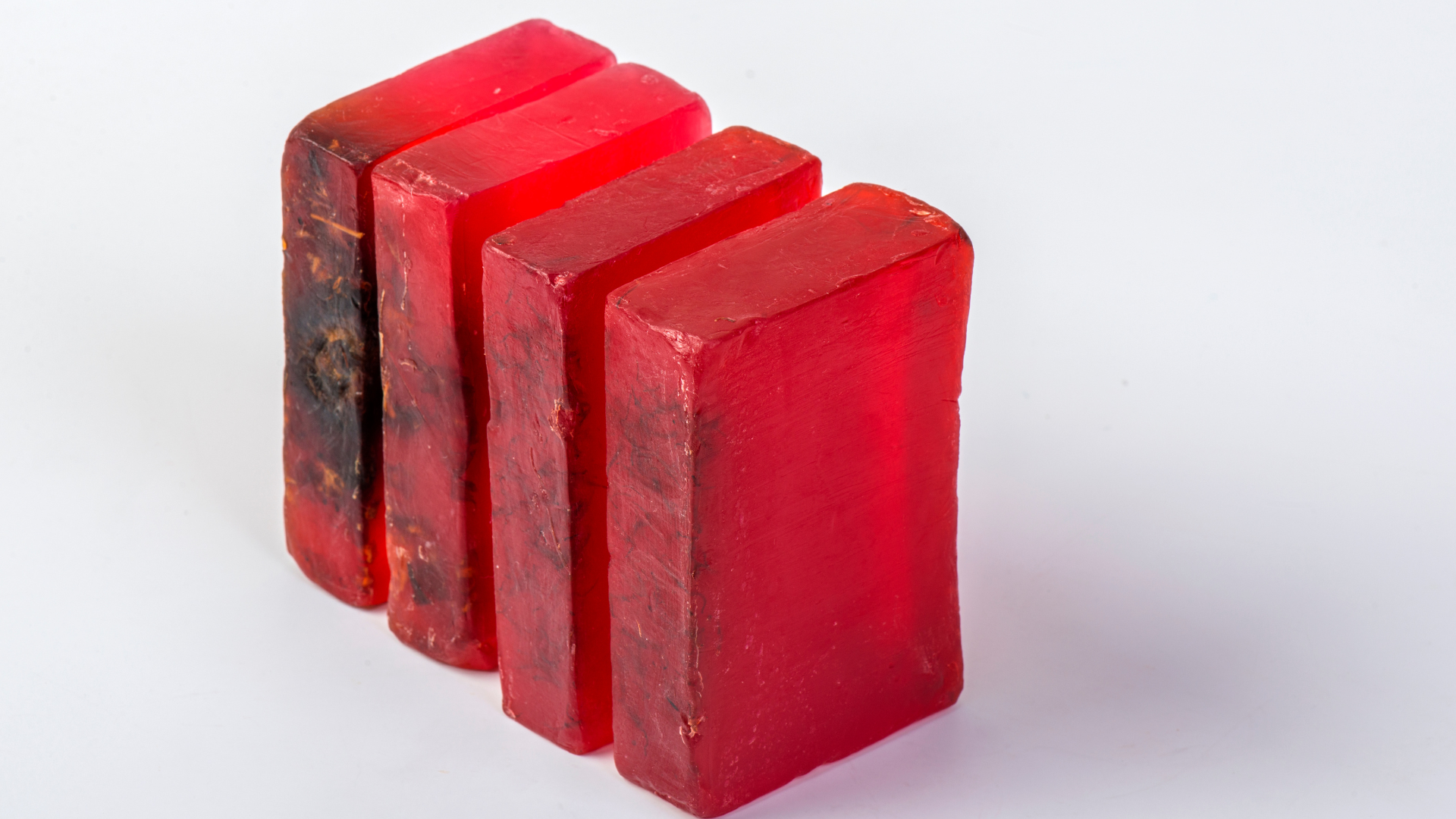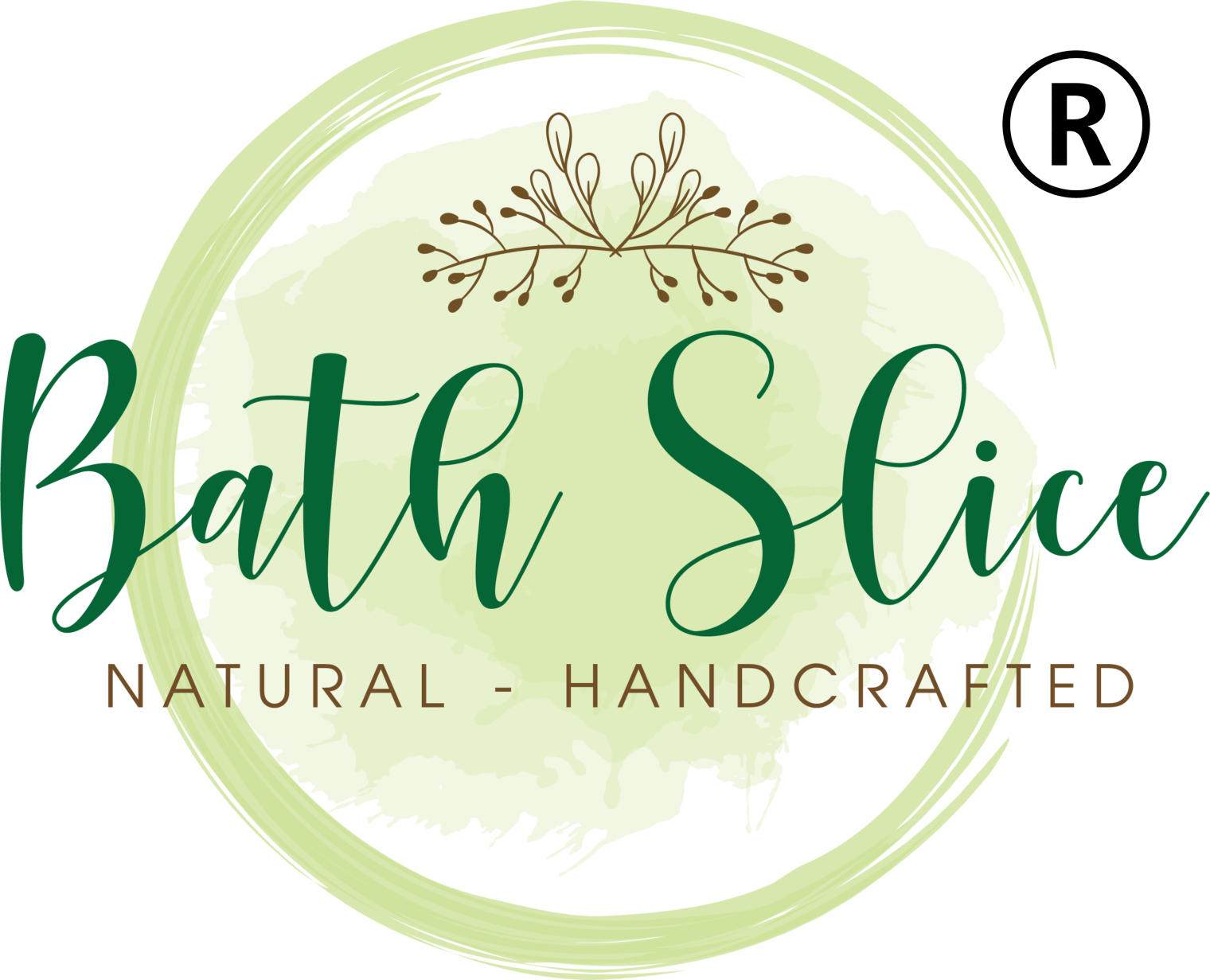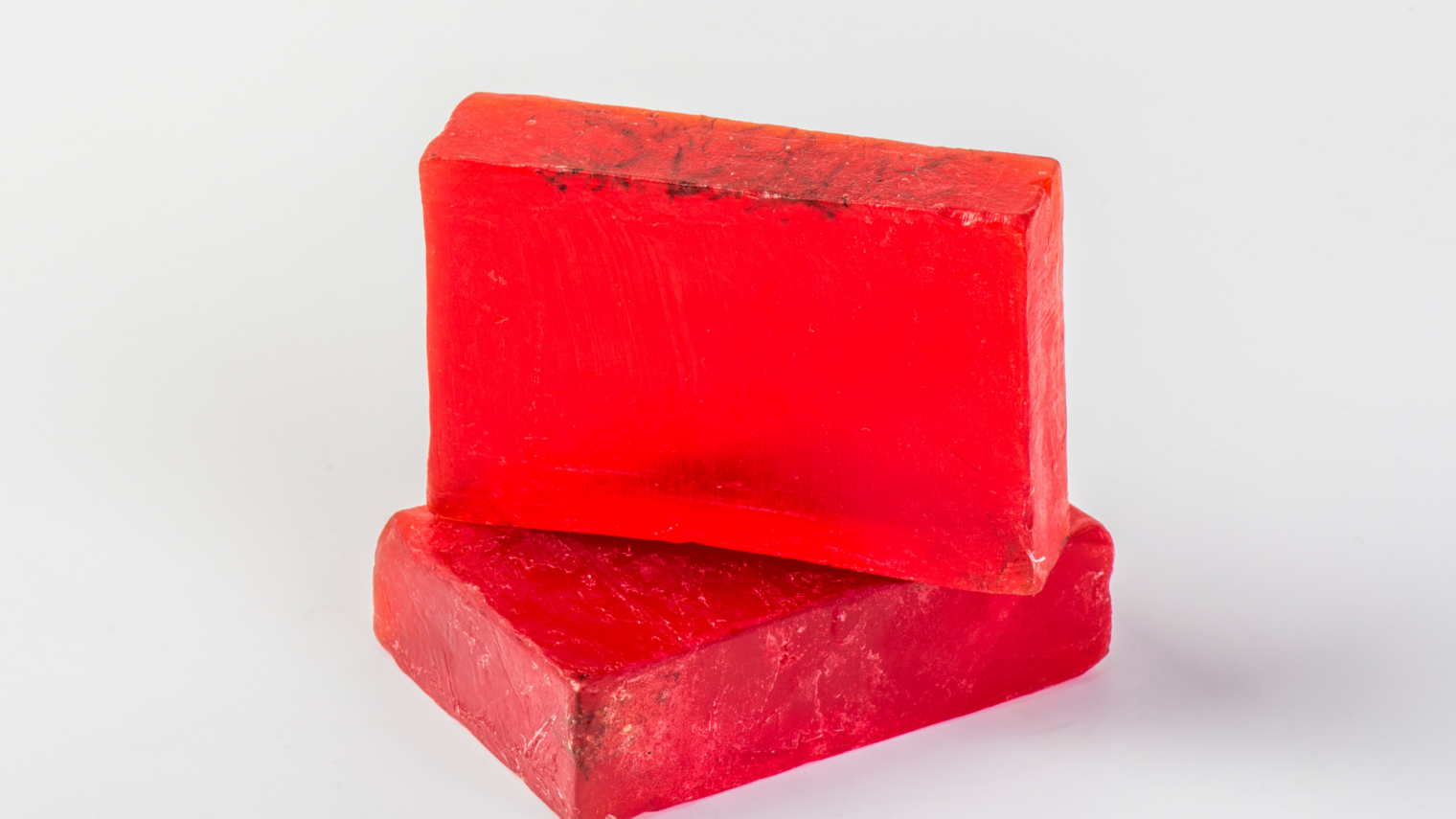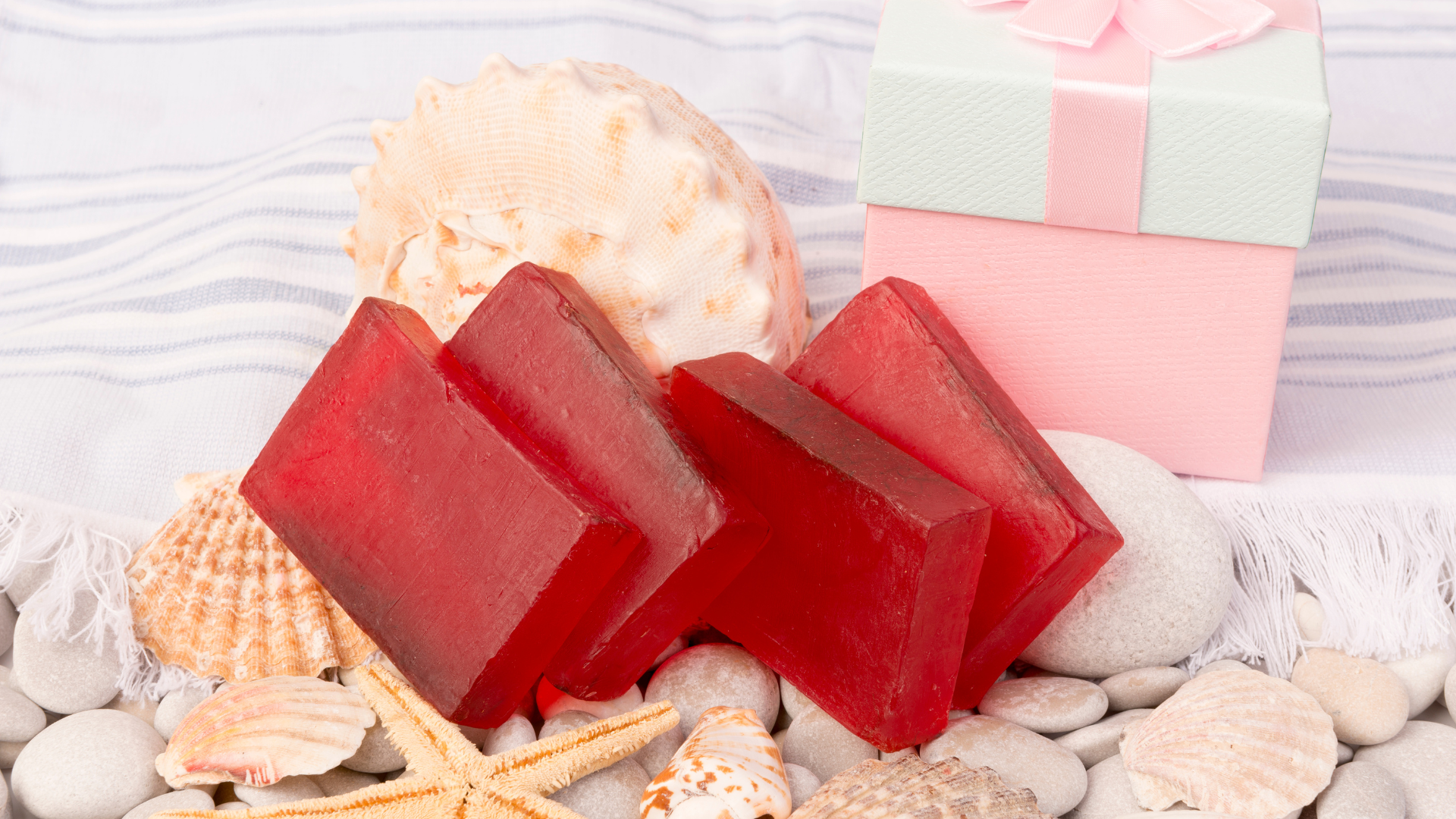Can Red Wine Soap Improve Skin Elasticity?
Red wine has long been celebrated for its potential health benefits when consumed in moderation, but it’s topical application in skin care—particularly in soap form—has recently gained attention for potentially improving skin elasticity. This intriguing marriage of wine-making tradition and skincare science deserves a closer examination as consumers increasingly seek natural alternatives to conventional beauty products.
The Science Behind Red Wine and Skin Health
Red wine contains a powerhouse of compounds that may benefit the skin when applied topically. The star ingredient is resveratrol, a polyphenol found in grape skins that has gained significant attention in anti-aging research. Resveratrol is a potent antioxidant that helps neutralize free radicals—unstable molecules that damage skin cells and accelerate aging.
Studies suggest that resveratrol may help protect skin from oxidative stress and UV damage, two major contributors to skin aging and loss of elasticity.
Beyond resveratrol, red wine contains other beneficial compounds:
- Flavonoids that possess anti-inflammatory properties
- Tannins that can help tighten pores and tone skin
- Tartaric acid that acts as a gentle exfoliant
- Amino acids that support collagen production
How Red Wine Soap Works on Skin
When incorporated into soap, red wine brings these beneficial compounds into direct contact with the skin. During the soap-making process, red wine replaces some or all of the water content in traditional soap recipes. This “wine-infusion” method preserves many of the beneficial compounds found in wine.
The soap-making process involves saponification—a chemical reaction between oils and lye—which creates soap molecules. These molecules have one end that’s attracted to water and another end that’s attracted to oils and dirt, making them effective cleansers. When red wine is added to this process, its compounds become part of the final product.
Red wine soap may improve skin elasticity through several mechanisms:
- Antioxidant protection: The antioxidants in red wine help neutralize free radicals that break down collagen and elastin—the proteins responsible for skin’s firmness and elasticity.
- Gentle exfoliation: The natural acids in wine may help remove dead skin cells, promoting cell turnover and revealing fresher, more youthful skin.
- Improved circulation: Certain compounds in red wine may stimulate blood flow to the skin, delivering more nutrients and oxygen to skin cells.
- Moisture retention: Some components in red wine may help the skin retain moisture, which is essential for maintaining elasticity.
Research and Evidence
While the concept of red wine soap is appealing, scientific research specifically on red wine soap is limited. Most studies focus on the benefits of red wine compounds when consumed orally or applied in concentrated forms, rather than in soap.
However, we can look at research on the key compounds found in red wine to understand their potential benefits for skin elasticity:
A 2008 study published in the Journal of Drugs in Dermatology found that resveratrol has significant antioxidant properties that could help protect against skin damage and aging. Another study in the Journal of Clinical and Aesthetic Dermatology demonstrated that topical application of grape seed extract—which contains many of the same compounds as red wine—improved skin elasticity by 9.1% after just four weeks.
There’s also evidence suggesting that polyphenols from grapes can inhibit elastase, an enzyme that breaks down elastin in the skin. A 2011 study in the Journal of Agricultural and Food Chemistry found that wine extracts significantly reduced elastase activity, potentially helping to preserve skin elasticity.
The Formulation Matters
Not all red wine soaps are created equal. The effectiveness of red wine soap depends on several factors:
- Quality and quantity of wine used: Higher quality wines with greater concentrations of beneficial compounds may produce more effective soap.
- Additional ingredients: Many red wine soaps include complementary ingredients like grape seed oil, shea butter, or essential oils that may enhance benefits.
- Manufacturing process: How the soap is made affects which compounds survive into the final product and their effectiveness.
- pH level: The final pH of the soap impacts how it interacts with skin. Ideally, red wine soap should have a pH that’s compatible with the skin’s natural acidity.
Benefits Beyond Elasticity
While improved elasticity is a primary selling point for red wine soap, users often report additional benefits:
- Balanced complexion: The acids in wine may help balance skin tone and reduce the appearance of blemishes.
- Reduced inflammation: Flavonoids in red wine have anti-inflammatory properties that may soothe irritated skin.
- Enhanced glow: Improved circulation and gentle exfoliation can give skin a healthy radiance.
- Aromatherapy benefits: The natural fragrance of wine, often enhanced with complementary essential oils, can provide an enjoyable sensory experience.
Who Might Benefit Most?
Red wine soap may be particularly beneficial for:
- Mature skin: As we age, skin naturally loses elasticity. The antioxidants in red wine soap may help combat this process.
- Sun-damaged skin: The protective effects of resveratrol and other antioxidants may help repair and prevent further damage from UV exposure.
- Dry or dull skin: The exfoliating and moisturizing properties can help revitalize tired-looking skin.
- Environmentally stressed skin: Those exposed to pollution and other environmental stressors may benefit from the protective antioxidant effects.
Potential Drawbacks and Considerations
While red wine soap offers many potential benefits, it’s not without considerations:
- Allergic reactions: Some individuals may be sensitive to compounds in wine or other ingredients in the soap.
- Staining concerns: Red wine soaps can sometimes temporarily stain light-colored washcloths or towels.
- Variability in products: The market includes everything from artisanal, high-quality red wine soaps to mass-produced products with minimal actual wine content.
- Ethical considerations: For those concerned about animal testing or environmental impact, it’s important to research brands and their practices.
Making or Choosing Red Wine Soap
For those interested in trying Bathslice red wine soap, there are two main options: making it at home or purchasing from a reputable supplier.
DIY Red Wine Soap
Making red wine soap at home allows for complete control over ingredients but requires careful handling of lye and understanding of the soap-making process. Basic ingredients typically include:
- Red wine (reduced to remove alcohol and concentrate compounds)
- Oils (often olive, coconut, and castor oils)
- Lye (sodium hydroxide)
- Essential oils for fragrance (optional)
- Additional skin-beneficial ingredients like grape seed oil or shea butter

Purchasing Red Wine Soap
When buying red wine soap, look for products that:
- List red wine high in the ingredients list (indicating significant wine content)
- Include complementary ingredients known to benefit skin
- Come from reputable manufacturers who are transparent about their processes
- Have positive reviews specifically mentioning improvements in skin texture and elasticity
A Realistic Perspective
While red wine soap shows promise for improving skin elasticity, it’s important to maintain realistic expectations. No topical product can completely reverse skin aging or dramatically transform elasticity overnight. Consistent use over time—typically weeks to months—may yield noticeable improvements, but these will vary by individual.
For optimal skin elasticity, red wine soap should be part of a comprehensive approach that includes:
- Proper hydration
- Sun protection
- A balanced diet rich in antioxidants
- Adequate sleep
- Regular exercise to promote circulation
- Avoiding smoking and excessive alcohol consumption
The Future of Wine in Skincare
The interest in red wine soap reflects a broader trend toward natural, food-derived ingredients in skincare. As research continues to explore the benefits of wine compounds for skin health, we may see more sophisticated formulations and better understanding of optimal concentrations and delivery methods.
Currently, several skincare brands are developing advanced products that isolate and concentrate the most beneficial compounds from wine, potentially offering enhanced benefits compared to traditional soap formulations.
Also Read: How Ylang Ylang Essential Oil Enhances the Benefits of Green Clay Soap
Conclusion
Red wine soap offers an intriguing natural approach to improving skin elasticity through the power of antioxidants, gentle acids, and other beneficial compounds found in wine. While more specific research is needed on red wine soap itself, the evidence supporting the skin benefits of key wine components is promising.
For those curious about this vinous approach to skincare, red wine soap represents a relatively low-risk entry point that combines the pleasure of natural skincare with potential anti-aging benefits. Whether made at home or purchased from a quality supplier, it may become a valuable addition to a skin-nurturing routine.
As with any skincare product, individual results will vary, and patience is key. The journey to improved skin elasticity is a marathon, not a sprint—but with red wine soap, it might just be a more enjoyable journey.


